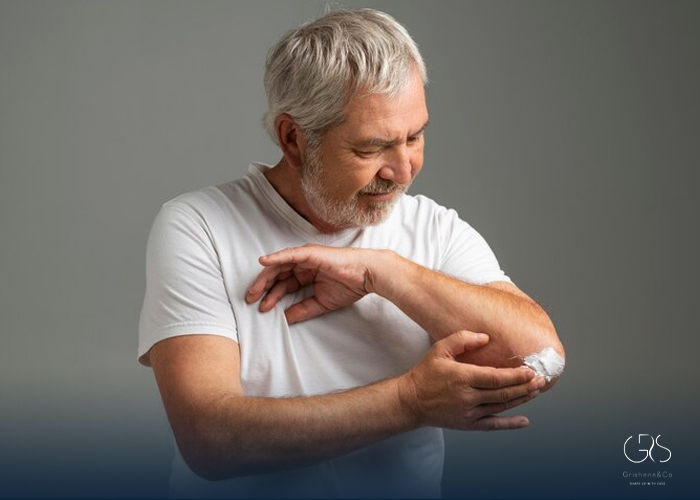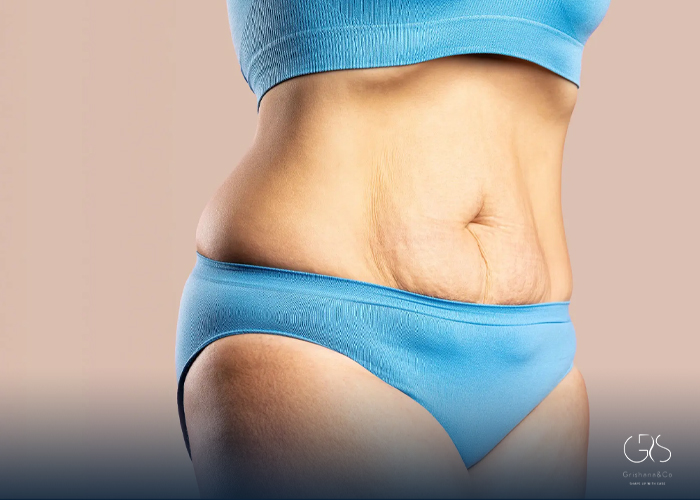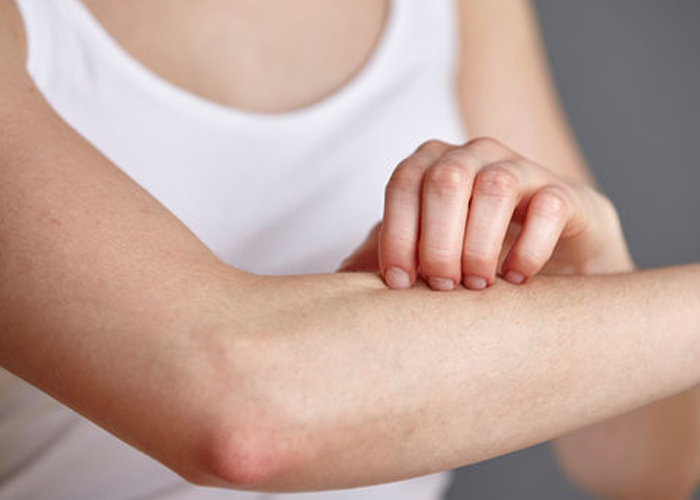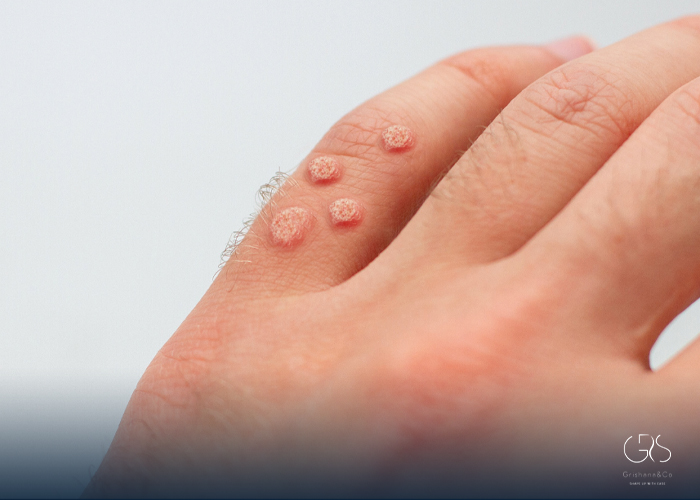Introduction: The phenomenon of bruising easily is a common occurrence faced by many individuals. While some may attribute it to clumsiness or age, there are deeper factors at play. This article aims to delve into the reasons behind this tendency, exploring relevant statistics, expert opinions, and shedding light on the role of diet and lifestyle choices. By understanding the root causes of easy bruising, we can gain insights into how we can potentially minimize its occurrence.
Defining Easy Bruising:
Bruising occurs when blood vessels beneath the skin become damaged or broken, resulting in a visible discoloration. Some individuals experience bruises more frequently and with less impact than others, which is commonly referred to as “easy bruising.” It is important to differentiate between normal and excessive bruising, as the latter may indicate an underlying medical condition.
Exploring the Factors:
There are several key factors that contribute to easy bruising. These include age, genetics, medication and medical conditions, as well as lifestyle choices. We will delve into each of these factors to gain a holistic understanding of their impact on bruising.
Age and Bruising:
As we grow older, the structure and elasticity of our blood vessels tend to weaken, making them more prone to damage and subsequent bruising. Statistical data reveals that the incidence of bruising increases with age, with older adults reporting bruises more frequently than younger individuals. However, age alone cannot account for all cases of easy bruising.

Genetic Predisposition:
Genetics play a significant role in determining an individual’s propensity to bruise easily. Variations in genes involved in blood clotting and blood vessel strength can influence an individual’s response to injuries, resulting in increased bruising susceptibility. Scientific studies linking specific genetic traits to easy bruising will be discussed, providing a deeper understanding of this phenomenon.
Medications and Medical Conditions:
Certain medications and underlying medical conditions can affect blood clotting, leading to an increased risk of bruising. Blood-thinning medications, such as aspirin or anticoagulants, can make blood vessels more fragile, thereby making bruising more likely. Additionally, medical conditions like hemophilia or vitamin deficiencies can also contribute to easy bruising. By discussing these factors, we aim to highlight the importance of medical evaluation when experiencing abnormal bruising.
The Role of Diet and Lifestyle:
The food we consume and our lifestyle choices can significantly impact our body’s ability to heal and prevent bruising. A well-balanced diet, rich in vitamins C, D, and K, can strengthen blood vessels and improve clotting, thus reducing bruising frequency. Exploring dietary strategies, expert recommendations, and relevant research will elucidate the correlation between nutrition and easy bruising.

Alternative Perspectives:
In order to provide diverse perspectives, we will also touch upon traditional medicine or complementary approaches that claim to lessen the occurrence or severity of bruises. While scientific evidence supporting these alternative modalities may be limited, it is important to acknowledge their existence and investigate their potential merits.
Practical Solutions and Prevention Strategies:
To conclude, this article will discuss practical solutions for managing easy bruising, keeping in mind individual circumstances and medical guidance. Emphasizing the role of lifestyle changes, dietary modifications, and proper medical evaluation, we aim to empower readers with the tools to minimize bruising and improve their overall well-being.
Conclusion:
Easy bruising can be a source of concern and discomfort for many individuals. By understanding the various factors contributing to bruising susceptibility, including age, genetics, medications, and lifestyle choices, we can take proactive steps towards its prevention. This article has provided a comprehensive exploration of the topic, offering insights from expert dietitians and researchers in the field. Armed with this knowledge, readers can make informed decisions and seek appropriate medical advice if needed, ultimately ensuring a healthier and less bruised future.
Sources
- Harvard Health Publishing, Easy Bruising: Why Does it Happen
- , What Causes Easy Bruising
- National Library of Medicine, Genetic Factors Involved in Easy Bruising
- healthline, Traditional Remedies for Bruising and Other Injuries
- NIH, Bruises and Blood Spots Under the Skin










